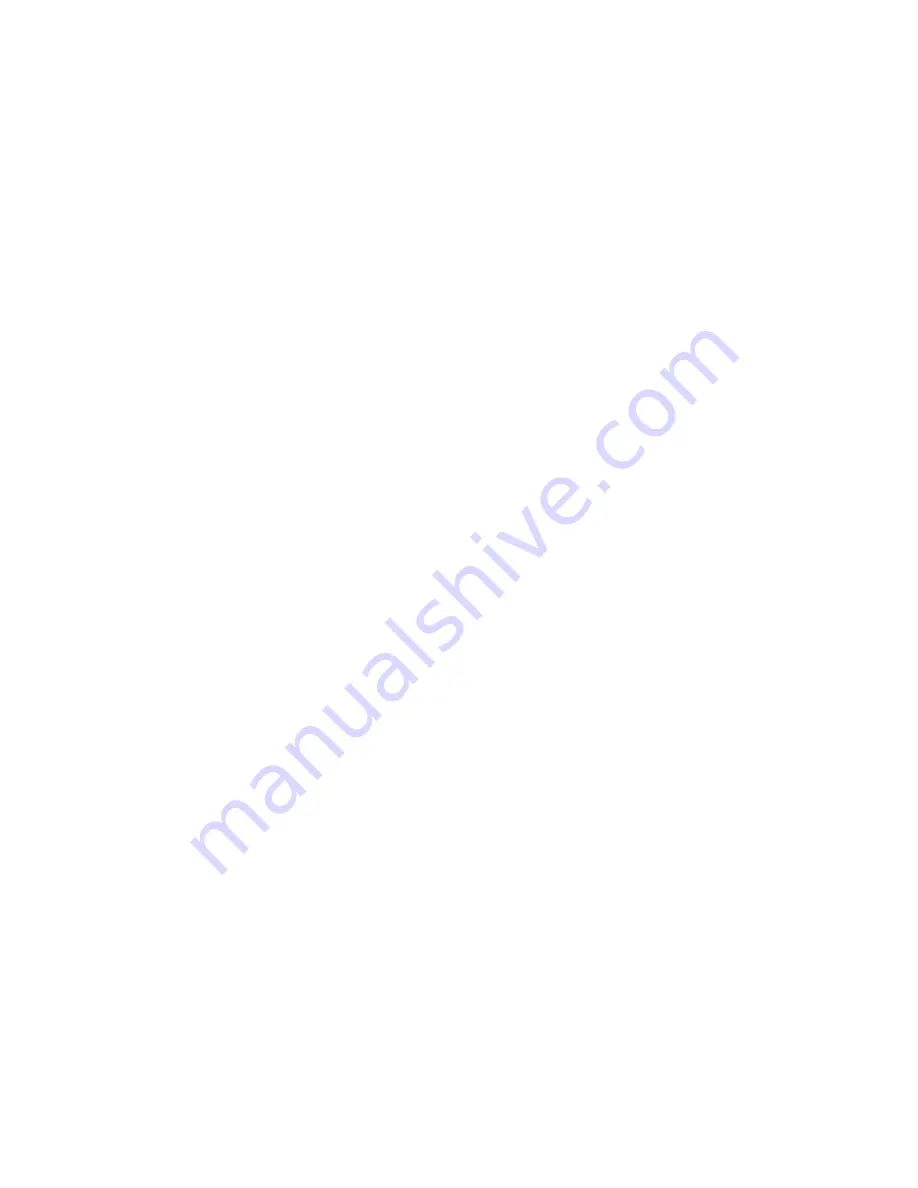
Barnes & Noble NOOK Tablet User Guide
73
2. When you connect your NOOK to your personal computer, your NOOK will appear as a new disk drive called
“MyNOOK” on your personal computer. Drag the files you want to transfer onto the “MyNOOK” drive.
NOTE: If you connect your NOOK to a Windows PC, the PC might display a dialog box asking if you want to
install a driver for a “Nook.” Click
Cancel
to close this dialog box. You do not need to install a special
driver to transfer files to your NOOK.
3. To organize the files, open the “MyNOOK” drive. You’ll see several folders on your NOOK. Move your personal
files in the My Files folder. Within the folder, you can sort files into these folders:
• Books
• Documents
• Magazines
• Music
• Newspapers
• Music
• Photos
• Videos
• Wallpapers
4. Put files in their proper folders.
• Put Microsoft Office files, .txt files, and PDFs in the Documents folders.
• Put music files such as MP3 files in the Music folder.
• Put photos such as .jpg files in the Photos folder.
• Put videos in the Videos folder.
5. When you have finished arranging files, eject the “MyNOOK” drive from your personal computer to unmount
the NOOK file system.
6. Disconnect the microUSB cable.
My Files
NOTE: Books, magazines, and newspapers stored on an SD Memory Card appear under My Files, rather than
in the Books, Magazines, and Newspapers sections of the Library.
Documents and Microsoft Office Files
NOOK can read the following types of files:
• EPUB
• Word (doc, docx, docm, dot, dotx, dotm)
• Excel (xls, xlsx, xlsm, xlt, xltx, xltm)
• PowerPoint (ppt, pptx, pptm, pps, ppsx, ppsm, pot, potx, potm)
Summary of Contents for NOOK BNTV250
Page 1: ......
















































